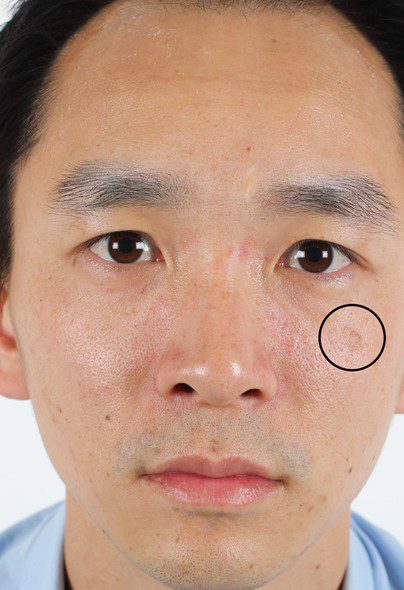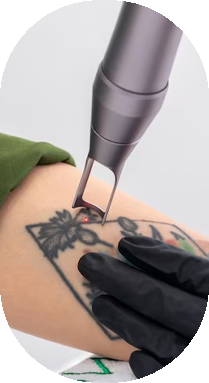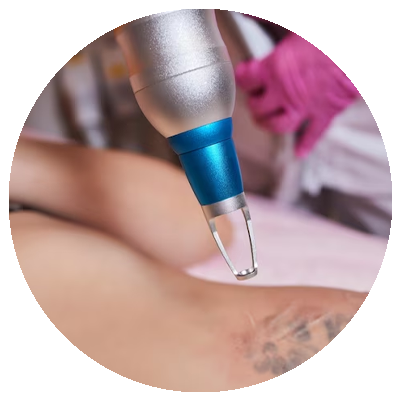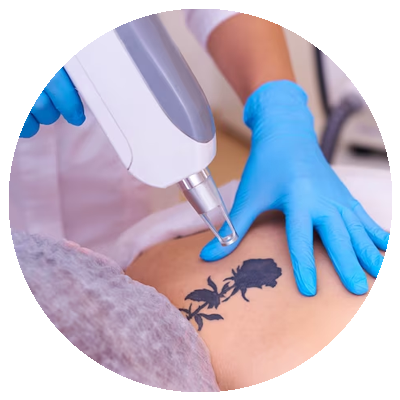CO2 Fractional
What is CO2 Fractional Laser Treatment?
CO2 Fractional Laser Treatment is a skin resurfacing procedure that uses a carbon dioxide (CO2) laser to improve skin texture, reduce wrinkles, and treat various skin concerns.




CO2 Fractional
What skin concerns can CO2 Fractional Laser Treatment address?
CO2 Fractional Laser Treatment can effectively treat:
- Facial fine lines and wrinkles
- Sun damage
- Age spots
- Acne scars
- Uneven skin tone
- Texture irregularities
How does CO2 Fractional Laser work?
The laser creates tiny columns of heat in the skin, that stimulate the body’s natural healing process. This leads to collagen production and skin rejuvenation.
Questions
FAQs
Is the treatment painful?
Discomfort during the procedure can vary depending on the individual’s pain tolerance and the depth of treatment. However, topical anesthetics and cooling systems are typically used to minimize discomfort.
What is the downtime associated with CO2 fractional laser treatment?
The downtime can range from a few days to a couple of weeks, depending on the depth and intensity of the treatment. Patients may experience redness, swelling, and peeling during the recovery period.
What are the pre-treatment assessment/preparation steps?
An anesthetic cream is applied to the treatment area. It takes about 45-60 minutes for the anesthesia to take full effect. The anesthetic cream is removed, and the laser is performed. The treatment time depends on the area being treated. Typically, a full face will take around 20 minutes.
What are the steps for post-treatment and recovery?
Patients may experience a mild sunburn sensation for about an hour after the procedure. The treated skin area will have a bronze tone for 5-7 days. Flaking of the skin may also occur as new skin replaces dead skin tissue slowly, which can be managed with a moisturising cream. During the healing phase and for several months after treatment, it is recommended that the treatment area is protected using a moisturising sunscreen with an SPF of at least 50+. Protective clothing and wide-brimmed hats should also be used to protect the skin from sun exposure.
Are the results permanent?
While CO2 fractional laser treatment can produce long-lasting results, the natural aging process and external factors such as sun exposure can affect the longevity of the results. Maintenance treatments may be recommended to sustain the benefits.
Are there any risks or side effects associated with CO2 fractional laser treatment?
Possible risks and side effects include temporary discomfort, redness, swelling, itching, blistering, changes in skin pigmentation, and infection. These risks can be minimized by choosing a qualified and experienced provider.
How many number of sessions are required?
The number of sessions needed varies depending on the patient’s skin condition and treatment goals. Typically, patients may require 1-3 sessions spaced several weeks apart for best results.

